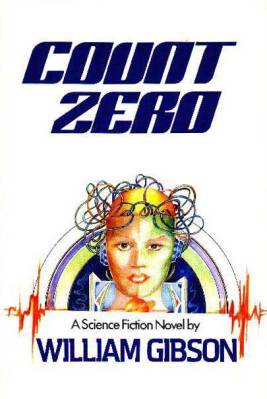I am a tall straight white cisgendered Canadian man in excellent health, i.e. I won pretty much every available lottery on the day I was born. People expect me to excel at things, or at least they don’t expect me not to. Concierges at five-star hotels are eager to help me, and rarely even ask me whether or not I am a guest.
All of which is to say: people like me have certain advantages in this world. At the same time, people like me–like all people!–tend to unconsciously prefer to associate with people like us. Et voilà, one particularly opaque facet of the infamous filter bubble effect, wherein we reinforce our pre-existing views, and in doing so unconsciously perpetuate social exclusion, while blocking out conflicting views and orthogonal backgrounds.
It turns out that such filter bubbles are actually bad for you, or, at least, your ideas:
TechCrunch has had a fantastic run of posts on diversity in tech of late (especial shout-out to Megan Rose Dickey) which I’ve contemplated at some length. I also found Elissa Shevinsky’s book Lean Out: The Struggle For Gender Equality In Tech And Start-Up Culture disconcertingly thought-provoking.
It’s hard not to conclude that technology’s current pre-eminence among the fields of human endeavour, coupled with the perfectly natural human tendency to interact with others like ourselves, means that whole swathes and classes of people are finding it harder than it should be to board the rocket ship that is our industry.
(Similarly, by the time you read this, I’ll be in the desert conurbation of Black Rock City–and hopefully out of data range, so save your hate email for another week until I return–which is another place/movement that is still remarkably white after all these years. Not due to any conspiracy, or even ill-will, on anybody’s part; just three decades of subtle ripple effects.)
But of course we are not irrevocably doomed to live forever in filter bubbles, or forever unaware of our birth advantages. How can we know, though, whether we are trapped in such a bubble or not, and need to break out?
Well. About eighteen months ago I came up with a very crude measure of this, which I call the Honeywell Bubble Count after my friend Leigh Honeywell, who inadvertently introduced the notion to me. It’s a very simple algorithm indeed:
- Go to the social network on which you’re most active. (For me: Twitter.)
- Of the people you actively follow, what percentage are a different gender than your own?
- Of the people you actively follow, what percentage are — to use the wonderful Canadian phrase — members of a visible minority, or, a different visible minority than your own?
- Of the people you actively follow, what percentage are residents of a nation other than the one in which you were born/raised, or the one in which you live?
Add those percentages, and that’s your Honeywell Bubble Count. Is it less than 50? (Which seems like a pretty low bar!) Then you may have a bit of a filter-bubble problem. Maybe you should diversify your social media by a little, or a lot.
And so, with some trepidation, for the first time since I wrote that post, I hereby revisit my own Honeywell Bubble Count, with some hope that it’s improved. Follow along for yourself:
- I follow 324 Twitter accounts, of whom 308 are human beings.
- I follow 119 women: 38.6% of my total.
- I follow 48 nonwhite people (49 if you count Startup L. Jackson), 15.6% of my total. (Which is embarrassingly low, but at least marginally better than it was last year.)
- I follow 40 non-Americans-or-Canadians, 13% of my total. (Not comparable to last year because I tweaked the criteria to include both birth and residence nations.)
Add ’em up and my Honeywell Bubble Count is … 67. Whew! Ish. To be honest I’m not at all sure that’s a number to be particularly proud of. But it’s on an upward trajectory, at least, and that’s the important thing, for me and for all of us.
